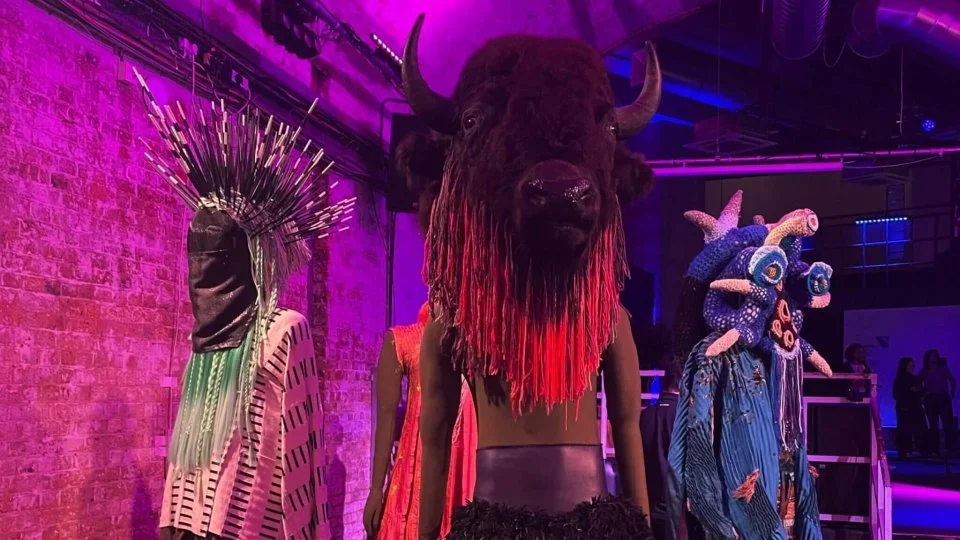‘We are placing the audience in a vulnerable position. They should be rewarded with A virtual experience that moves, entertains, or inspires them.’
– Rachel Barrie, Junior Creative Technologist,
Solarflare Studio
This year at BFI London Film Festival Expanded, our Creative Director (Helen Bellringer) and Junior Creative Technologist (Rachel Barrie) returned to 26 Leake Street to experience the immersive art selected for the showcase. Overall, the quality of the experiences was higher than the previous year; but as they wandered around slipping headsets on and off, they couldn’t help but ask themselves: is this truly the industry standard?
THE INTERACTIVITY
Midway through our 90-minute slot, we found ourselves placing the HTC Vive Flow over our eyes for Wu Tsang’s jump into the VR medium – a visual exploration of the ocean. After a few minutes of watching fish float around we became confused – was that it? Personally, all I saw were a few variations of a flocking simulation. It became clear that the collection selected for this year’s BFI Expanded was mostly a series of directors, filmmakers, and creatives that were dabbling in the field of VR rather than those whose bread and butter it is. We placed headset on after headset to simply have a film or story presented to us as though it was on a screen, the only difference being it was 360 degrees. Interactivity was at a minimum.
If we are asking people to place a full VR headset on with headphones, blocking out the outside world and getting them to surrender their senses to us – we should make it worth it. We are placing the audience in a vulnerable position, and they should be rewarded with an experience that moves, entertains, or inspires them.
Want to explore the possibilities of new technologies? Get in touch to explore ideas.
Want to explore the possibilities of new technologies? Get in touch to explore ideas.
OUR RECOMMENDATION
The best piece we would recommend trying before the exhibition closes on Sunday (23.10.22) is ‘Missing Pictures Episode 3: The Monkey Wrench Gang’. The short VR piece tells the story of a film that never came to be whilst touching on the process of developing a film in Hollywood and the roadblocks female directors face in the industry. The dynamic use of the full 360 degrees, in combination with the contrast of animation and volumetric capture, told an intricate and exciting story in an engaging manner.
To get people excited about VR experiences and to keep them in the moment without making them want to rip off the headset, there needs to be more consideration of how to use the medium to its full potential. VR films and experiences really should not run for longer than 15 minutes. It is exhausting and overwhelming to spend a long time in VR. Additionally, a lot of headsets, like the Quest 2 and the HTC Vive, get extremely hot to wear after a prolonged period. The first headset I placed over my head at the exhibition left me dripping with sweat at the end of the 11-minute piece.
IS THAT THE TIME?
Immersive shouldn’t mean a passive experience, it should be engaging and interactable. It should give feedback to your senses. You shouldn’t feel time pass, and you should forget about the world around you. If it hasn’t achieved that, then it has failed.
It is exciting and promising to see large collections of immersive work go on display at places like BFI, however, if this is considered the crème de la crème, then we have a long way to go.
We’re always looking to expand our network of creative collaborators, from technical specialists to people that work in more traditional art forms. LAUNCH exists to blend the barriers between creative practices and new tech. Get in touch to explore ideas.




